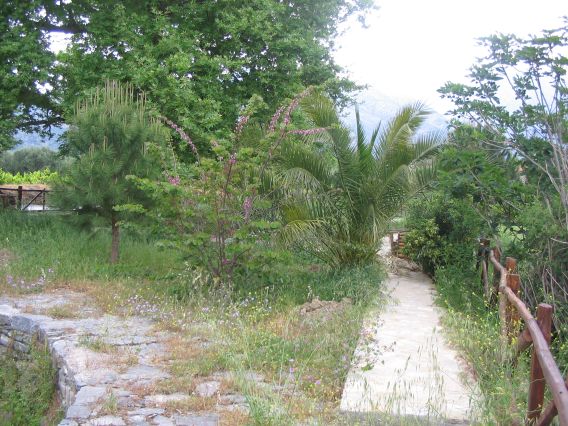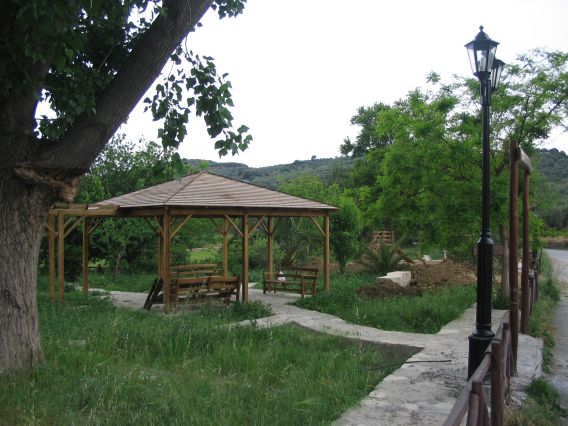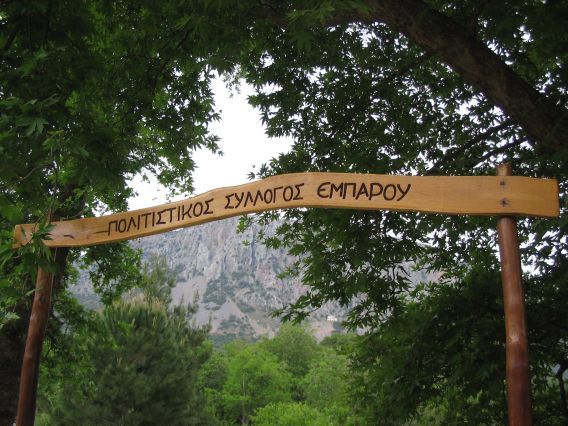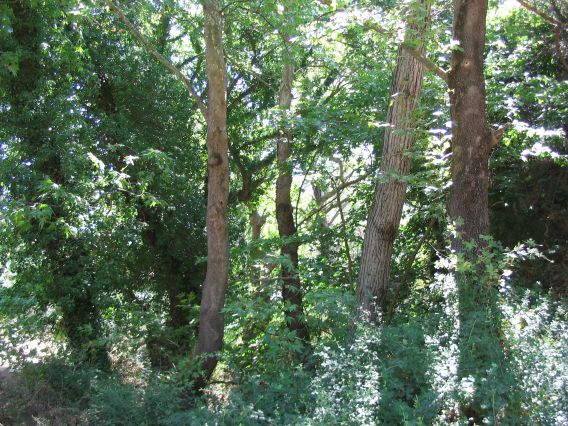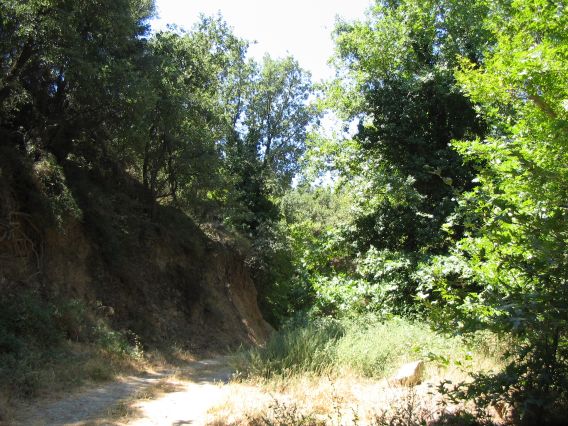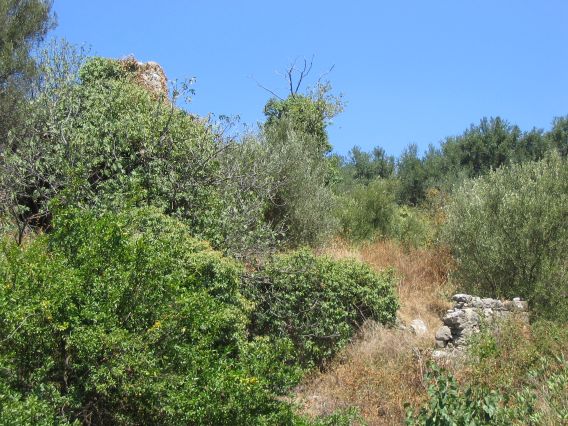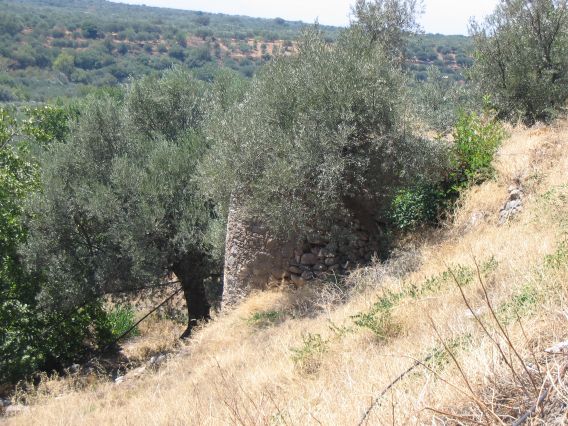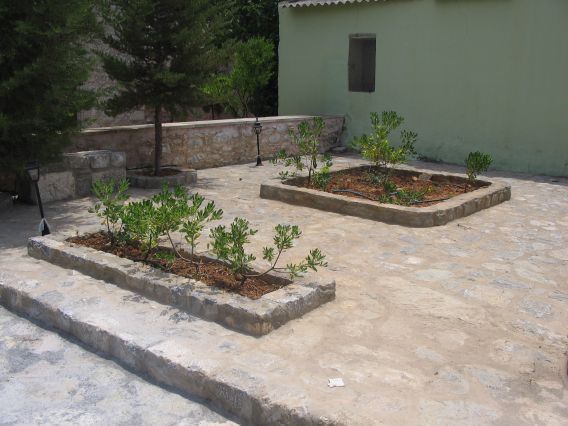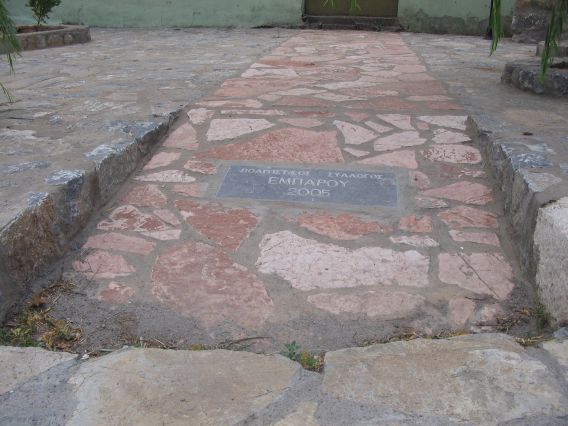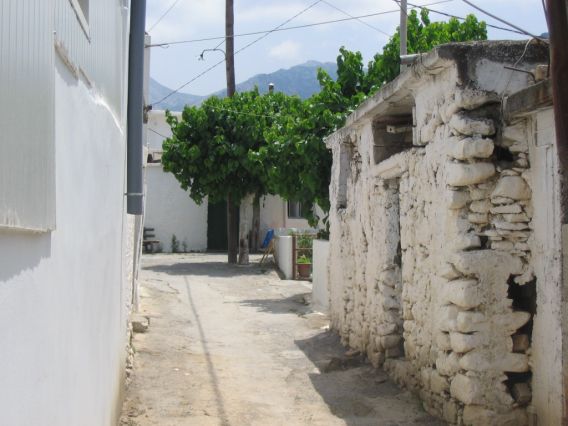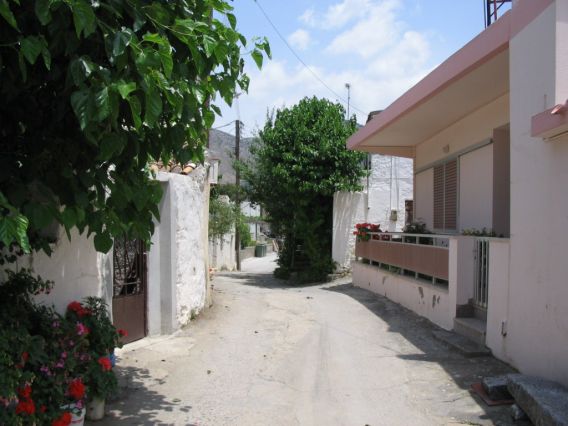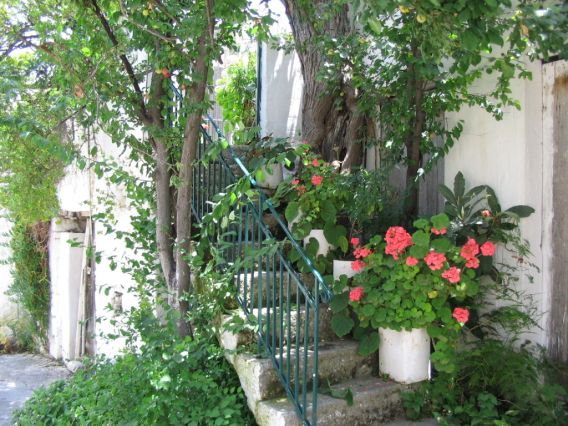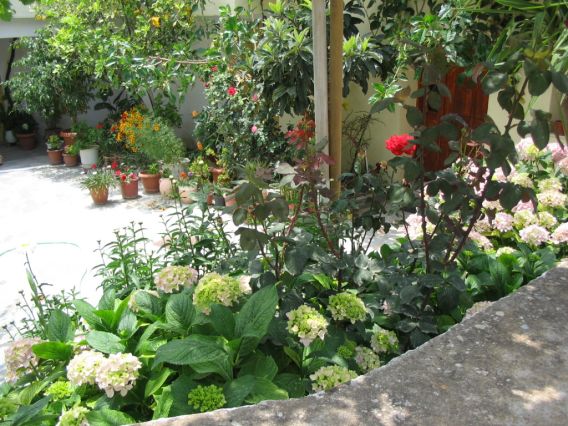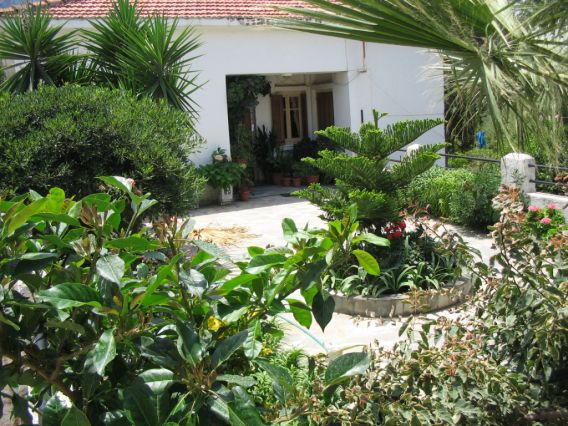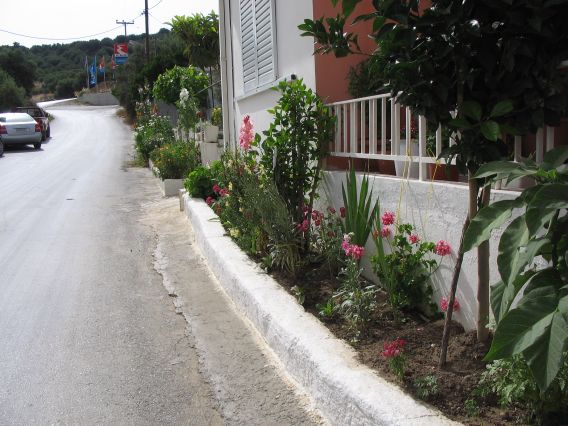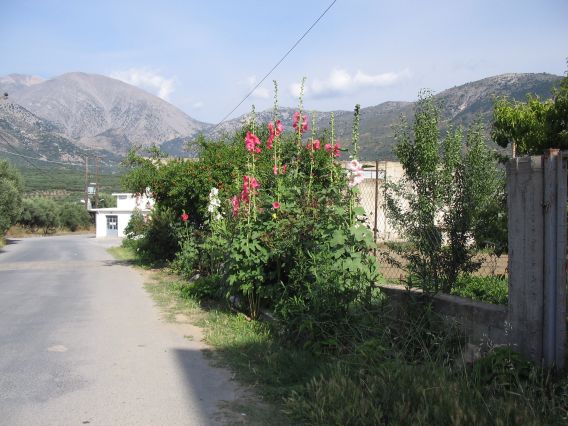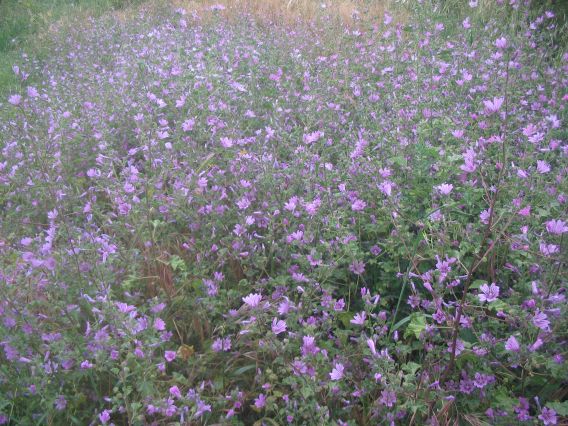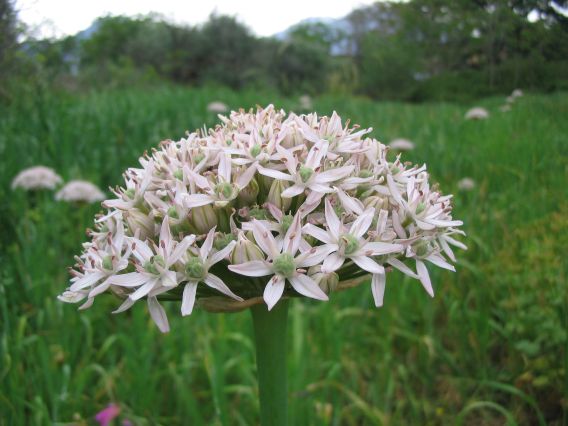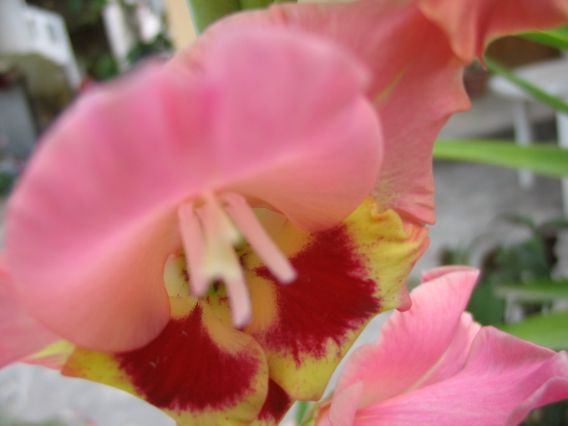Uncategorised
- Details
- Written by: Μιχάλης Φουκαράκης
- Category: Uncategorised
- Hits: 7070
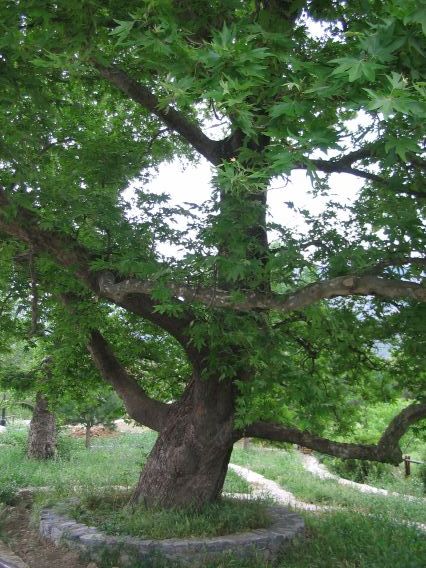
Πλατάνια και Λεύκες στου Δράου
Ο Μύλος στον Κουδουνάτο
Ο Μύλος της Δρακώνας
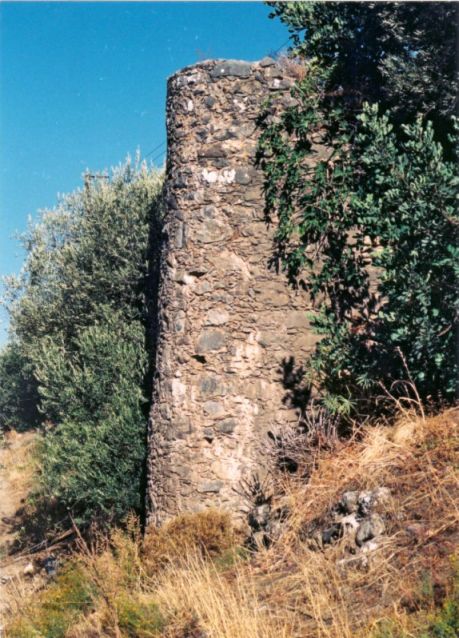
Δρομάκια - Αυλές - Λουλούδια

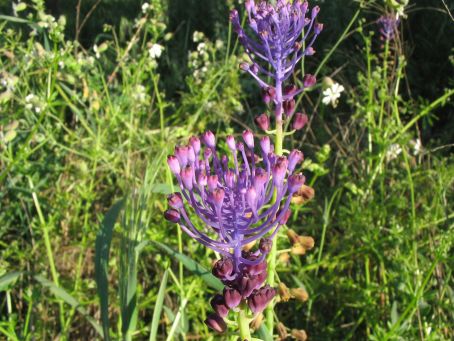
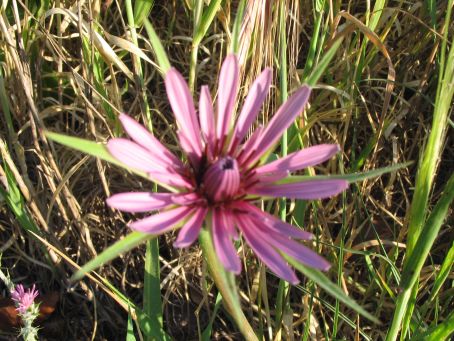
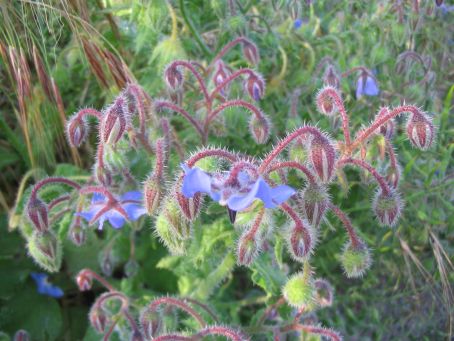

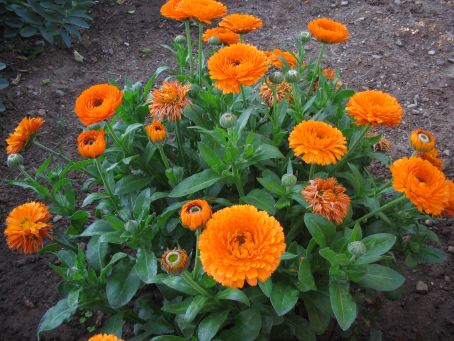
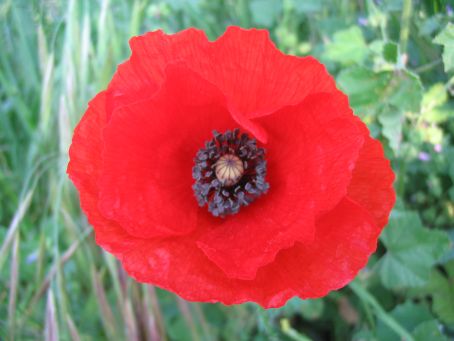
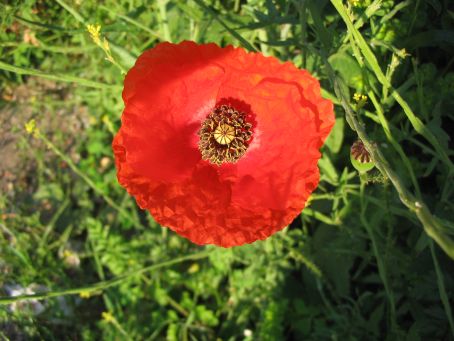
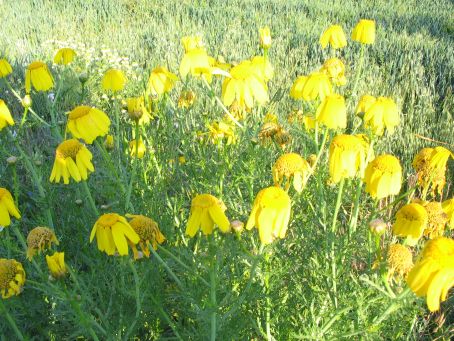
- Details
- Written by: Μιχάλης Φουκαράκης
- Category: Uncategorised
- Hits: 6807
Archaeological findings in the greater area
Settlement at Kefali of Erganos
Of special interest are the post-Minoan, early-Geometric findings in the plates of Embaros. At its eastern end, the southwestern edge of Mount Dikti, the ruins of a settlement and its cemetery have been discovered. It lies on mount Kefali (alt. 1090m), between the Embaros and Erganos basins, above the mount crossing that connects Viannos and the plateaus of Lasithi. Despite the rocky nature of the mountain, which makes the settlement more of a refuge-shelter, careful examination of the topography reveals important advantages for its inhabitants. Its fortified and central position, the clear view towards the cultivable grounds and the already inhabited areas of the west, as well as the neighbouring village of Ergana, were justified to attract the interest of the people, despite the fact there wasn't any fertile soil. This leads us to conclude its inhabitants didn't deal with agriculture, in fact they probably were hunters or cattle-breeders, or even thieves plundering the nearby settlements. However, modern cultivations of vineyards and seasonal cattle pasturage might support the original hypothesis.
The settlement's cemetery lies in the area of Ksenotafia, on the western side of the mountain. It is comprised of several vaulted graves, circular in ground plan, and some pit-like ones.The former have been built from uncut and unequal in size stones, without any adhesive materials. The diameter of the largest vault approaches 2 meters, its height is estimated around 1.3m and the length of the road about 1.4m. Many dead bodies were placed inside each grave, as the finding of the bones of six dead persons prove.
The fact the findings appear scattered in a limited area, compared to the extent of the larger area, doesn't appear random. On the contrary, it seems that the position of the facilities was dictated by the need to control the cultivated areas and the ways of transportation, but also assuring efficient defense. Kefali offers those potential to its inhabitants, yet lacks any sources of wealth. The Erganos' findings precede the Arcadian remnants, which in conjunction with the relative positions of the facilities appears to indicate a movement of the population from the former position to the latter. It appears the population of Erganos recluded back to Kefali. Its lack of natural resources leads us to assume it wasn't used as a shelter, especially for a community of numerous people for about two centuries. Therefore, we tend to accept the interpretation that those facilities were used from a small group of people that either grabbed the products of settlements lower on Kefali, or received part of the surplus as a trade for protection from third parties. In this case, we think that with the passage of time, the improving conditions of existence and the constant contact between the two groups, gradually, the "survival of the fittest" would evolve into a generally accepted law, which would define the relationships between the members of the local society in the future. Consequently, internal opposition would subside, which in turn will allow the move of the inhabitants of Erganos onto Profitis Ilias, during the 10th century, in the context of a unifying process.
The contents of the vaults of Erganos and Panagia, in conjunction with the rest of the findings in their greater area, offer great insight in the life of their people. The relative poverty of the buildings suggests a mediocre standard of living of the locals, whose main issue was self-sufficiency. Lack of evidence doesn't allow us to deduce any economic or social differentiation of those buried in the vaults, versus the ones buried in pits. It is possible the former implies bonds with Messara and Eastern Crete, without proving the racial identity of the dead. The circular or orthogonal shape of the vault is essentially a local adversity. Multiple inhumations unifies the population and creates a contrast with the later practices on Profitis Ilias, which may be affected by the Minoan customs. They may also show organization of society based on family bonds. Lastly, offering weapons appears to connect glory and the ability of imposing over others, highlighting the value of soldiers and stating the need of readiness. The economic and political situation we just described greatly changes in the 9th century B.C. Erganos is abandoned and the Arcadians are vastly developing.
Arcadians
The Arcadian territory consisted of the southern part of the valley. The built-up core of the Arcadians appears to be created in the early Geometric years, meets swift growth in the 8th and 7th centuries and survives into the Classic and Hellenistic periods. After 260 BC it submits to Gortyna, and is possibly ruined in 221 BC by Knossians, when its inhabitants allied with Lyctians. During Roman rule, the command center appears to move close to Ini, and even in later years the city is not abandoned.
The constant occupation of the area is justified by the fact it is included among the richest in the island. During early Iron age, the center of human presence was the mountain of Profitis Ilias, which oversees the plateau of Embaros. Its position allows its people the control of a vast area, which is interfered between the gulf and the plains of Messara and Pediada. Natural resources of the area offered the local populace not only sufficient goods but also a great surplus of agricultural products. Besides, ground morphology would provide unblocked visibility to any direction and its natural fortification is undoubted. Control of the ways of communication between central and eastern Crete would reinforce their economic contacts with other areas, providing a satisfactory level of living. Moreover, position of Mt. Profitis Ilias, about in the center of the area, made its monitoring easier, while its height, in combination with its morphology, provided natural fortification for its populace and the neighbouring mount Idi provides cover from the east. Therefore, settling on Profitis Ilias possesed the advantages which would make a settlement an economic and political centre that would stand out.
- Details
- Written by: Μιχάλης Φουκαράκης
- Category: Uncategorised
- Hits: 8113
According to the archaeological findings around the abandoned temple of St.Peter's, to the south-west of the village, populating Embaros is dated in the Roman era. Carved sepulchral steles that were found within the village help historians conclude the village dates between the first and second Byzantine era.
The Name
Etymology of "Embaros" is still not fully understood. Stefanos Ksanthoudidis supposes it is a leftover from Arabs, as it is not fully explained in Greek or Italian. His opinion is in agreement with the tradition according to which Arabs pillaged the villages around Embaros in 824, and as soon as they saw the beautiful valley of Embaros uttered "Embar, Embar" (="beautiful valley" in Arabic) or "Abar, Abar" (an aromatic plant).
Stylianos Aleksiou believes the name is derived from the Ancient Greeks due to its gender
and its ending.
- Details
- Written by: Μιχάλης Φουκαράκης
- Category: Uncategorised
- Hits: 28698
Welcome to the picturesque village of Embaros, with its clean mountain air and fresh springs, the beautiful gardens and olive groves, Byzantine churches and filled with historical memories alleys.
Join us through this site, to discover its beauties, smell the aroma of the trees, plants and aromatic herbs, taste its exquisite products, stroll through the graphic streets, admire the many chapels and churches with the Byzantine murals and architecture and the houses with the large, filled with flowers courtyards..
You can see an aerial photograph of Embaros and a map of the wider region.
- Details
- Written by: Μιχάλης Φουκαράκης
- Category: Uncategorised
- Hits: 7397
Origanum Dictamnus (Dittany of Crete)
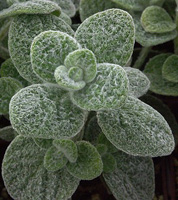 Origanum Dictamnus is being cultivated in Embaros and the surrounding villages. The cultivated area extends anywhere from 20 to 100 acres, depending on the price that's shaped in the market in the previous farming period, without particular planning, organisation or market research. The Italian house Martini, as well as several others, have presented remarkable interest in the ethereal oils of the Origanum Dictamnus, besides the absorption, in large amounts, of the drained plant. Origanum Dictamnus has been proclaimed an endangered type of plant, although the local culture aids in its preservation.
Origanum Dictamnus is being cultivated in Embaros and the surrounding villages. The cultivated area extends anywhere from 20 to 100 acres, depending on the price that's shaped in the market in the previous farming period, without particular planning, organisation or market research. The Italian house Martini, as well as several others, have presented remarkable interest in the ethereal oils of the Origanum Dictamnus, besides the absorption, in large amounts, of the drained plant. Origanum Dictamnus has been proclaimed an endangered type of plant, although the local culture aids in its preservation.
The current conditions in the market of main agricultural products of Crete (such as olive oil, citrus fruits etc) as well as the tendencies of the international market and the turn of the consumer public in natural products and the applied agricultural policies in the national and European levels are aiding, more than ever in the past, in the cultivation of aromatic plants in our island. Additionally, the drive to preserve it as an endangered plant aids these efforts.
Origanum Dictamnus is being cultivated for over 70 years in Embaros, and almost all of the Greek production of the plant comes from its immediate area. Especially in the so-called "Erontohoria", Origanum Dictamnus is considered an exclusivity, and large part of the local economy depends upon its cultivation.
Historical Background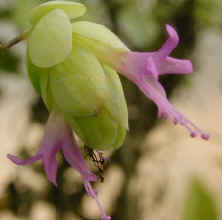
The collection of Origanum Dictamnus used to be a dangerous work, and it was carried out mainly in August, when it blooms, by people who were proficient in rock climbing. Because of the hazards this imposed, it took the name "Erontas", closely related with "Eros", because one had to have the passion and love for the plant and their families in order to risk their life to gather it and offer it to them. Its collection was and is done with trading in mind, in Greece as well as abroad. The ethereal oils of the plant are being used in perfumery, and are used to flavour of various drinks, such as vermouth.
Its wondrous properties are mentioned by several ancient writers such as Homer, Aristotle, Evripides, Theofrastos, Virgil, Plutarch, Dioskourides, Galinos etc. They mention it as being effective with dealing with kidney conditions, intestine poisonings, and so forth. These have been confirmed by contemporary researchers, and it's widely offered as a beverage. According to mythology, the plant was dedicated and linked to the goddess Artemis, because it supposedly helped during childbirth. For the same reasons ancient Greeks put a diadem made of the plant's leaves on the goddess' statues. It has also been used as a hemostat and it is thought that wild beasts used to eat it too when injured by hunters.
Besides cell toxic, the ethereal oil of Origanum Dictamnus also demonstrates properties of an insecticide. It's been traditionally used as a hemostat and healing substance, and its benefit to stomach ulcer has been recently confirmed.

